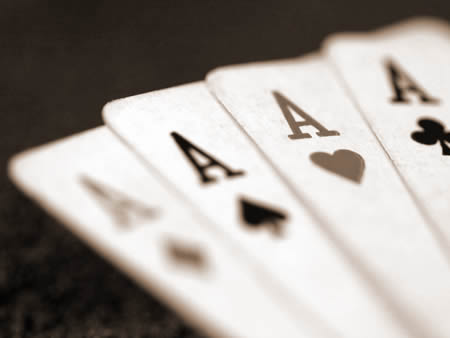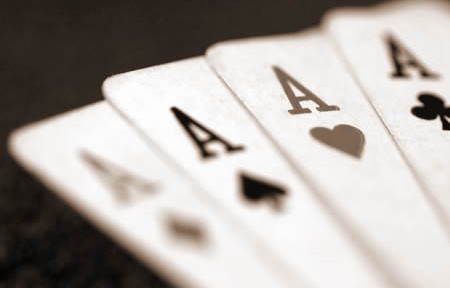It’s your World Series, game seven lineup. Which will you cut – your hitters or your fielders? Ridiculous, right? You might be doing the same thing at work without realizing it.

If the game matters, then it pays to play your aces in every key position. The creative process works that way too. When you have an important creative challenge in front of you, these are the four aces you want in your starting lineup – but (and here’s the key) – the batting order is crucial.
- The Explorer
- The Editor
- The Evaluator
- The Evangelist
I adapted these ideas from Roger Von Oech, author of A Whack on the Side of the Head. It was his writing that first helped me see creativity as a natural process I could tap into on purpose. Before that, I always thought of it as some random lightning bolt of luck. Creativity follows the same pattern we see in nature from seed to plant to blossom to fruit.
The secret lies in following the sequence instead of fighting it.
- The Explorer: (seed) You’re in gathering mode, observing the environment and available raw materials without judgment. At this stage, you have to be willing to play the fool, collecting every option and angle no matter how random or ridiculous it might seem at first.
- The Editor: (tree) Patterns and potentials start to emerge. Now you can begin sorting things and trying out different combinations. You might rearrange a few or notice some new ones, but you’re not making any final decisions yet.
- The Evaluator: (blossom) Gathering and sorting give way to the judge who makes the call on the ideas that offer the most simple and elegant fit for your ultimate goals. Which approach offers the most benefits with the least friction?
- The Evangelist: (fruit) At this point, the other three players have loaded up the bases for you. All your inner champion has to think about now is the power hit that channels your energy into persistence and gets your project out into the world.
Any analogy breaks down if you push it too hard, but I think the application to individuals and organizations is pretty clear. Too often the creative process gets sabotaged when we play the wrong role at the wrong time, or when we impose one at the wrong point in someone else’s creative flow.
Here are four ways to work with the creative flow instead of against it:
- When you approach a creative challenge on your own, ask yourself “what time is it?” In The Architecture of All Abundance, author Lenedra J. Carroll describes the power shift this simple question created for her. There’s a natural time for each player to take their sequential turn at bat and then head for the dugout.
- Turn off the inner voices and stick to the flow. Once you become aware of this, you’ll catch your inner critic jumping in as the Editor or Evaluator before the Explorer has a chance to grab any seeds. No seeds, no harvest, but the Explorer also has to know when to be quiet, or nothing will ever get finished.
- If you’re part of a larger group, create a time and place for each of these roles to do their natural work. You’ll begin to notice that many teams and meetings emphasize one role at the expense of others. Make it clear to everyone what stage you’re in and set ground rules to encourage that kind of participation.
- If this soft stuff isn’t your bag and you find yourself in constant “Evaluator” mode, no problem. Some people are just wired that way. Surround yourself with people who are good Explorers, Editors and Evangelists and allow those roles to flourish in others. Timing is the key. Nothing kills an Explorer faster than phrases like, “the problem with that is…” or “we tried that before and…”
Imagine being able to take a deep, relaxing breath and just let go of anxiety about creative deadlines. Like it or not, we live in a results-driven world. There’s constant pressure to monetize everything as quickly as possible, or duplicate somebody else’s success and slap a new label on it. Taking time to send all four starting players up to bat in sequence might feel counterintuitive. If you give them the opportunity, they’ll help you play to your authentic strengths with more power, speed and consistency.
Questions: Do you tend to get stuck in one part of the creative process? What methods of coming unstuck work best for you?

2 replies on “Your Four Creative Aces”
When I get stuck, I usually have to step away for awhile. That usually tosses the whole thing back to the Explorer, just setting it free for the moment or letting myself forget about it until I return refreshed and more often than not, my perspective changes and renews the process and my interest in it.
Thanks for adding this insight. These posts are intended to be quick “thought starters” rather than a complete treatment of a subject – but if I’d had more space to play with, I’d have added the idea that these hypothetical roles probably work better as a self-refreshing loop or cycle than they would as one rigid straight line.